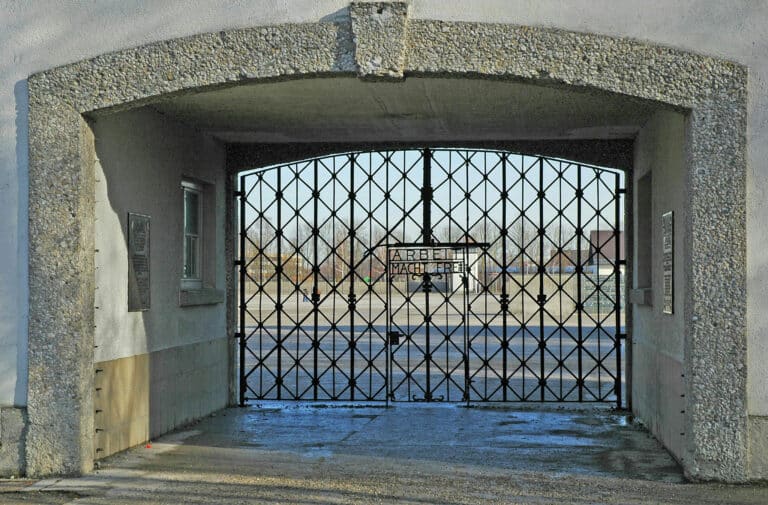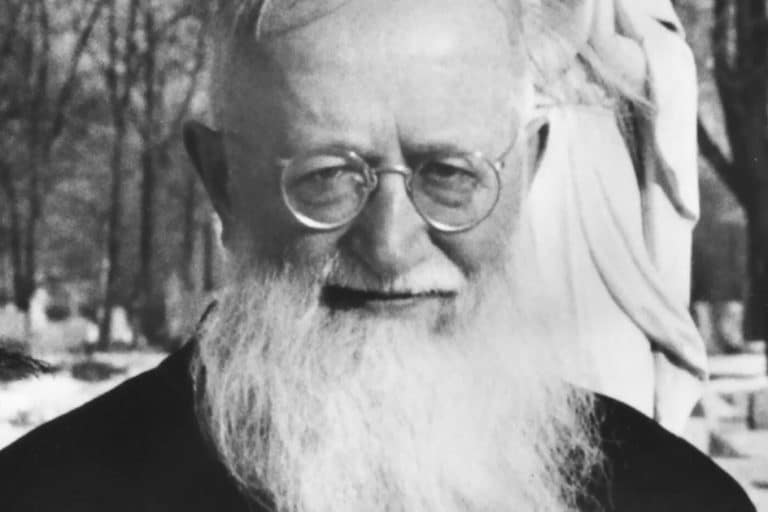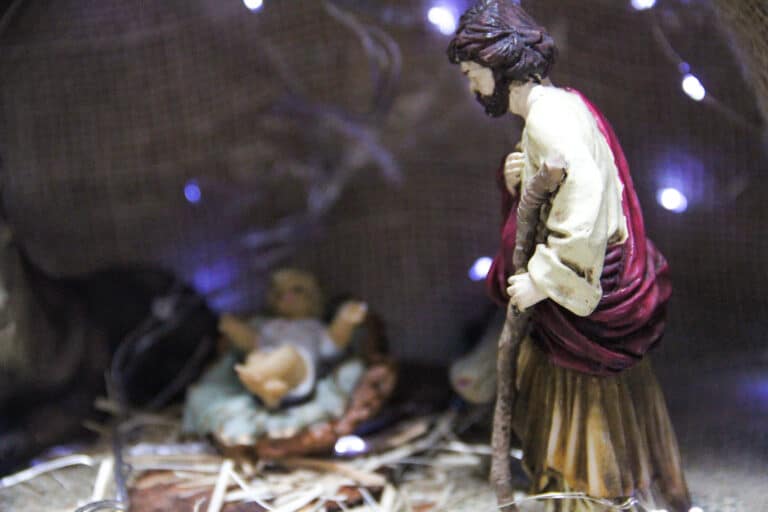For me it was an unforgettable experience. I had a tape recorder I had taken with me from my previous job. I had to sit near the podium to be able to place the microphone and thus was able to have a closer experience: this man, who some 20 years ago had been wearing prison clothes and then had to experience so much suffering at the hands of the Church, in fact injustice, was able to speak about God’s love in this way! That impressed me very much. And then, the Council’s interpretation, the moving interpretation of the situation in the Church.
1966 was the year after the Council. The Church was going through a dramatic period of change. People thought: Now everything is going to change! Now things are moving forward! And we, who had just experienced Fr. Kentenich’s return from exile, obviously hoped for various reasons: now everything will be different and better.
And then, Father interprets the situation, and for me that was the first fundamental orientation for the path to follow. He asserted fully everything that the Council was striving for when he said: Aggiornamento (adaptation to today’s world), that is the work of the Holy Spirit. But then he also said: Yes, but we must also be watchful, this struggle for renewal can also become an addiction to innovation. It can also be misused by some other spirit who might not be so good. That was really a crucial orientation for me.
Mountain hiking: through the fog into the light

I found the way he interpreted the situation to be the first fundamental orientation for the rest of the trip. The way he did it gave me a basic overview: for me, it was like a mountain hike when you start in the fog at the bottom of the valley and climb for hours, hoping to get through the thick fog to the light. In an airplane, of course, you can do it in two minutes. But on a hike, when you first walk through the fog for hours and then you get to the light at the top where you see the blue sky, the sun, the warmth, the view of the mountains, that’s something else. And for me, that was the basic image that attracted me to Father Kentenich during this retreat: A man who is in the light, who is up there in the light, in the divine vision, and from there he tries to interpret the connections for us.
A man who remains in the light
Yes, and then we went back into the fog, and there he picked us up again, during the next reading, and patiently came back up with us, all over again each time…. He doesn’t just stand there and say to us, “Hey, it’s beautiful up here, come up here too!” Instead, he walks the path, he walks with us, he takes us by the hand, so to speak, and he walks the path to the light with us.
The man who is in the light! And I think I can say that this is still today a fundamental experience for me, when I engage in “Father’s reading”, as we say here, which means, when I read from Father Kentenich’s writings, and simply enter anew into this cosmic vision, into his deep spiritual cosmic vision, and share in his world view.
A concentration camp inmate who can talk like this about God’s love
Suddenly I came to a better understanding of words that we so readily read in the Bible’s Old Testament: The God of Abraham, the God of Isaac, the God of Jacob. Yes, for me God became approachable as the God of Father Kentenich.
When someone who has been through the hell of Dachau, who has lived through so many years of exile, speaks of God’s love and God’s wonderful guidance in each stage of his life in such a way, that person has really had an experience of God that I can trust. For us, the God of Abraham is precisely the God of Father Kentenich. He experienced it, he lived it, and he makes us partakers of his experience of God. And I would simply like to say that this has given my priestly life stability and orientation all through these 50 years.
Then came a second retreat a year later. After that came the important October weeks and the Christmas conferences, where he continued talking about this and where one was simply astonished once again at the sovereign vision he had of the latest developments in the Church, and in society, as he approached them from this spiritual dimension.



